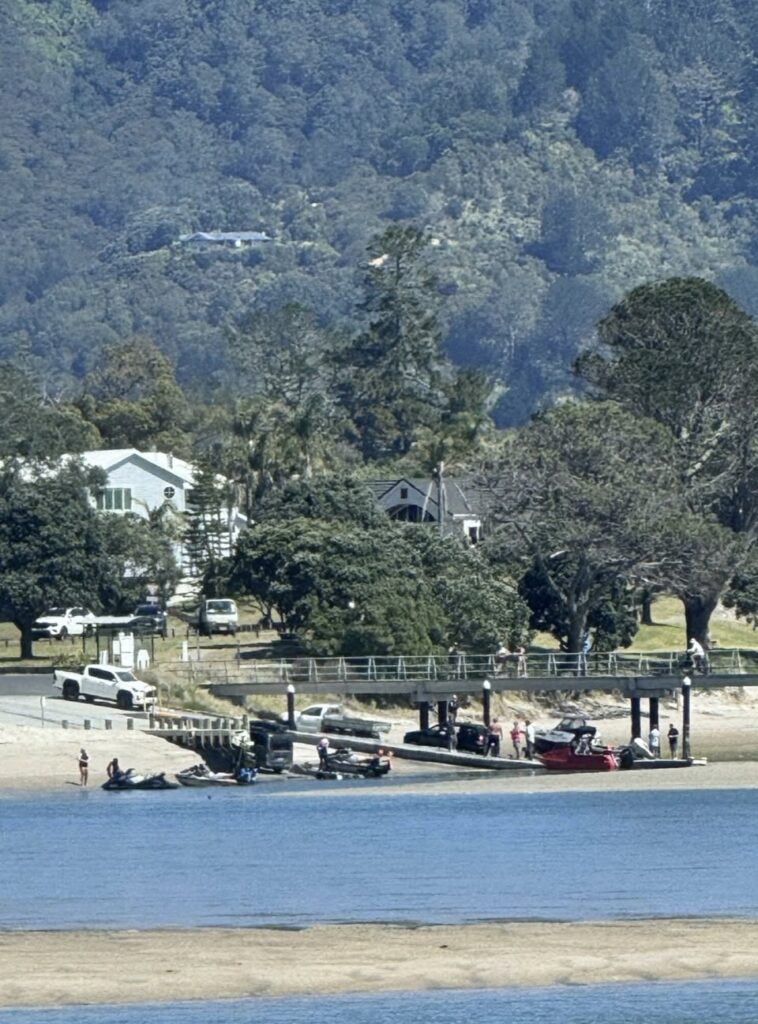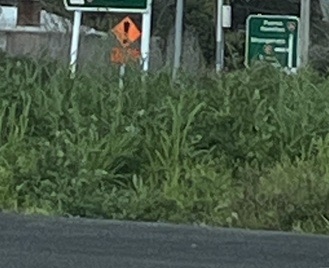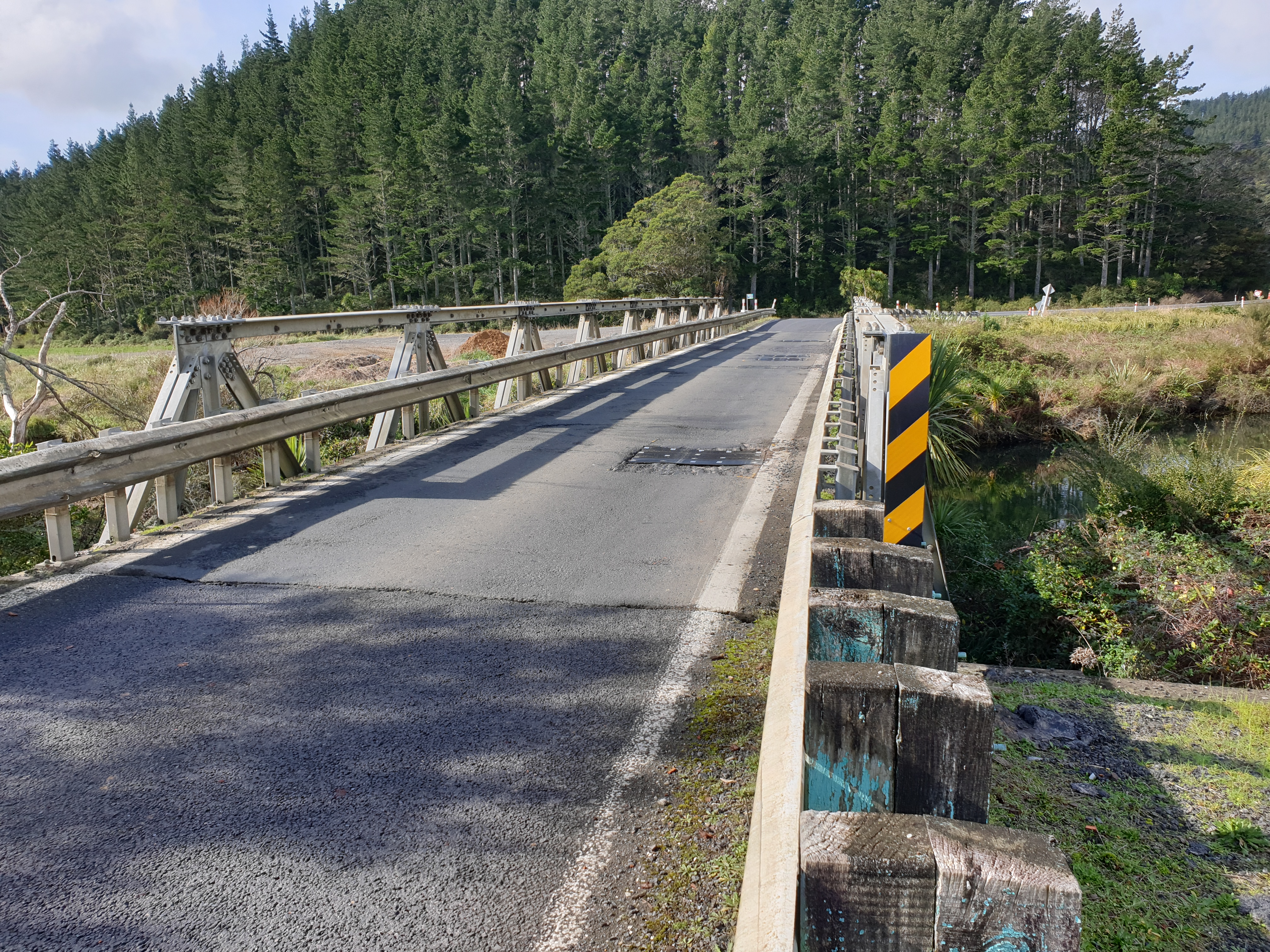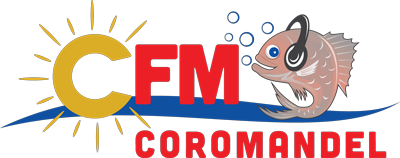No Marine Protection Areas for the Coromandel in WRC Draft Plan
Written by John Grant on September 22, 2022
At local election “Meet the Candidates” events the TCDC Waikato Regional Councillor Denis Tegg, who is currently campaigning for re-election, has stated on several occasions that there are no protected areas in the Waikato Regional Council’s draft Coastal Plan and has told CFM that there is no intention of these being including.
This will come as good news for those who had been upset by a paper circulated to a small select group in May by the Waikato Regional Council, looking for feedback on ways to manage Indigenous Marine Biodiversity and proposed options that included restrictions on fishing and other activities similar to the controversial Bay of Plenty Regional Councils Motiti Island Protected Area.
The paper circulated by the regional council and entitled “Further Marine Biodiversity – Protection Options – Your views matter”, resulted in a massive “no” from fishing circles around and beyond the Coromandel Peninsula. The Council opened feedback on an informal basis and received 3,089 responses, 2,876 of these coming via the Legasea website. An overwhelming 84.9% of responders opposed any further restrictions being placed on fishing and other activities including the introduction Marine Protected Areas.
It would now seem that this feedback and the Council’s recognition of the lack of data to justify further action has resulted in the recent statements of no Marine Protected Areas being proposed in the revised draft plan. Denis Tegg has told CFM that the only remaining consultation now is with IWI and as this is the second round of consultation with IWI and is therefore highly unlikely to produce any change in the provisions relating to marine protected areas.
A final round of public submissions is required, and Denis Tegg says public evidence presented in formal submissions before the court, may change the final plan provisions. This is however unlikely due to a lack of scientific data regarding changes to Indigenous Marine Biodiversity.
Warren Maher who is opposing Denis Tegg for the TCDC WRC Council position has some strong views on the topic. He says, from CFM’s exposure of this document he realized there were only two weeks until submissions were planned to close, he approached LegaSea to get a submission form made that could be circulated to all the Waikato fishing clubs and interested residents. The bulk of these are not LegaSea members and the questions contained all the proposed options from which respondents chose their answer. As shown in the survey the majority of respondents want no further restrictions on recreational fishing or their access to it. The majority want dredging and bottom trawling removed from our marine environment.
In the Bay of Plenty decision, the Regional Council was legislated by the Environment Court to close large areas around Motiti Island and three reef systems as this was what was in the Motiti Rohe Moana Trust application. The BOP Regional Council was an unwilling participant in this process and now must constantly monitor the areas, including displaced effort affects and if they are seeing problems and is there science to back them up. This is now in the Coastal Plan for 10 years.
Maher says “the Fisheries Act is failing and this needs to be addressed urgently, but it does not need to be propped up by the RMA. Forward thinking is required to utilize and build on existing partnerships between community and Iwi to oversee and manage our marine environment, this allows for a quick reaction and community and Iwi based solutions to local issues as they arise, this process was recently successful with a 2-year protection of scallops to allow a rebuild and also in gaining some protection from over exploitation of pink mao mao. There is another group growing in support which is the Hauraki Gulf Alliance which has brought together a number of organizations, not all who agree on all subjects but are united in their voices to remove bottom trawling and dredging from the Hauraki Gulf Marine Park, which covers all our coast down to Waihi.”
Sam Woolford from LegaSea feels the Coromandel is a proactive community who in the last 12 -18 months have made significant efforts in better protecting their marine environment. He gave examples of the Pink MaoMao and the scalloping bans where there was widespread support from the public and recreational fishers for imposing catch limits on Pink maomao and a ban on scalloping. But also stressed more can be done.
Sam Woolford says the reality is fishing stocks are depleted and it is important that the causes are addresses in a targeted way such as reducing catch numbers as well as banning destructive dredging of sea floors. Having the community working together to establish localised rahui definitely has a positive effect and is quick to implement.






Denis Tegg On September 22, 2022 at 5:30 pm
Whatever your views on this issue please make a submission when the draft plan is presented early in 2023. Independent Commissioners will consider the evidence presented by submitters and then decide on the final plan rules. The public through the evidence they bring will decide the final shape of the regional coastal plan – not councillors. So please participate when the opportunity arises next year. It is disappointing to see this map posted again which caused a lot of confusion before. The map shows aquaculture zones and areas of identified high marine biodiversity. It does NOT show proposed marine protected areas (marine reserves) by the regional council. As the article correctly states – there are none in the council’s draft coastal plan. Denis Tegg – Thames Coromandel elected representative on Waikato Regional Council
John Barrett On September 23, 2022 at 8:21 am
Dennis,, the term is recanting I believe.,The problem (if any) is bottom trawling. Go after that and forget your crazy..left inspired plans,
Denis Tegg On September 23, 2022 at 9:17 am
It’s up to you John — Please make a submission on bottom trawling when the plan gets notified early next year. Your participation will be most welcome